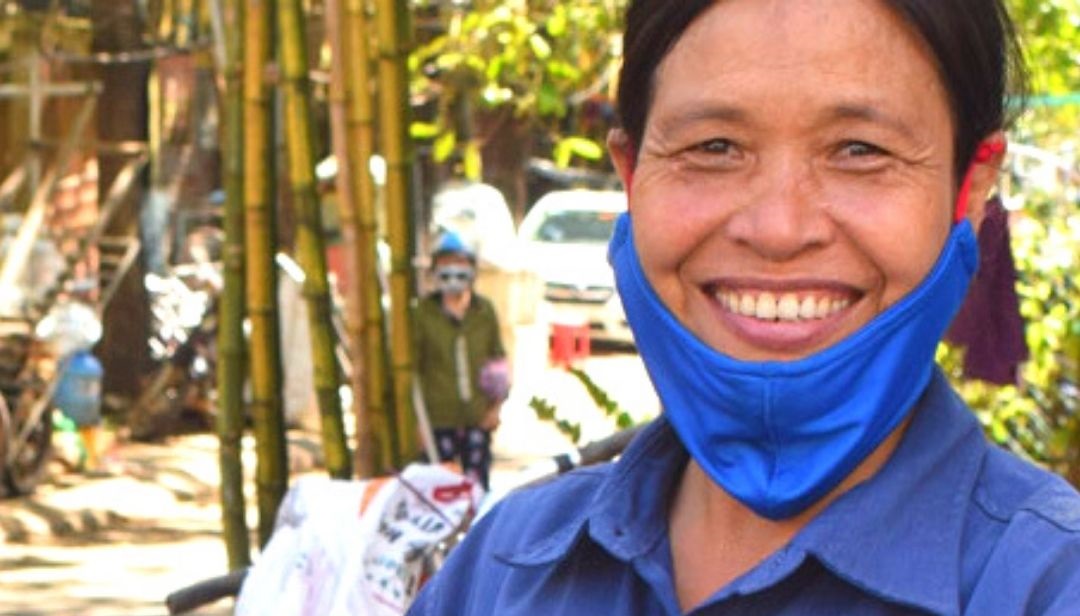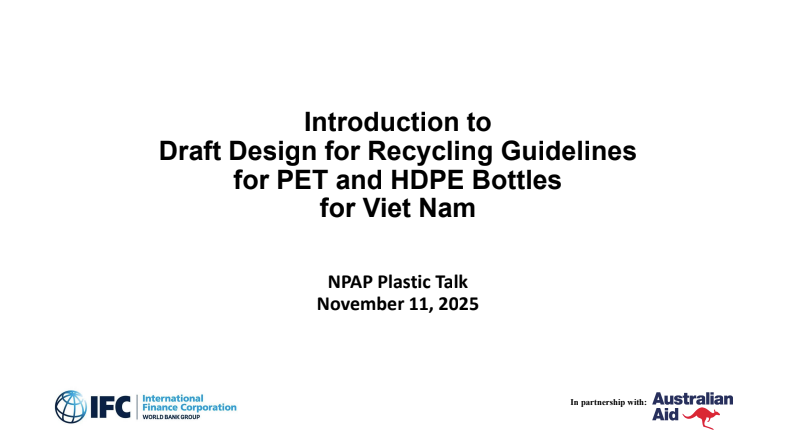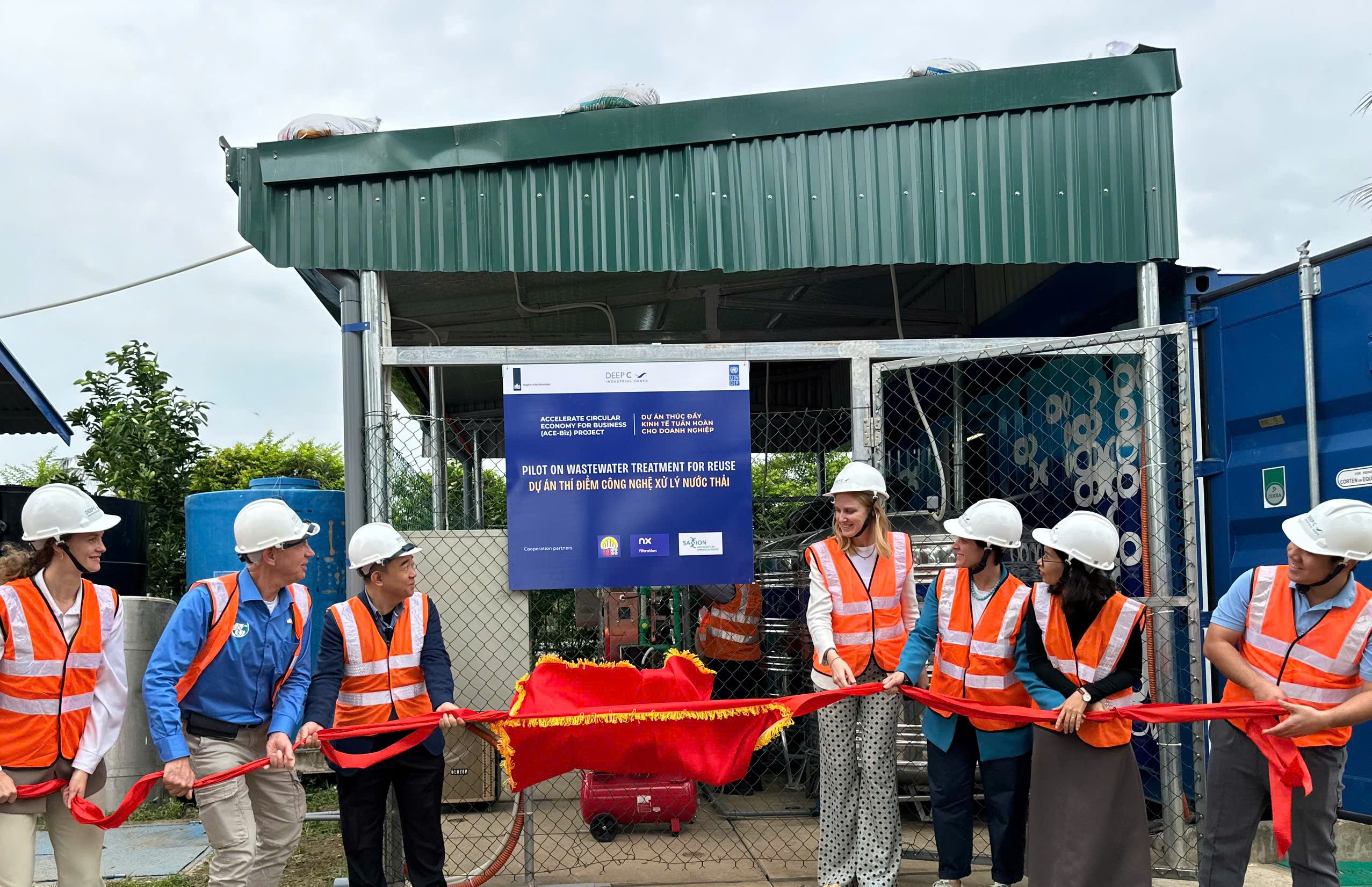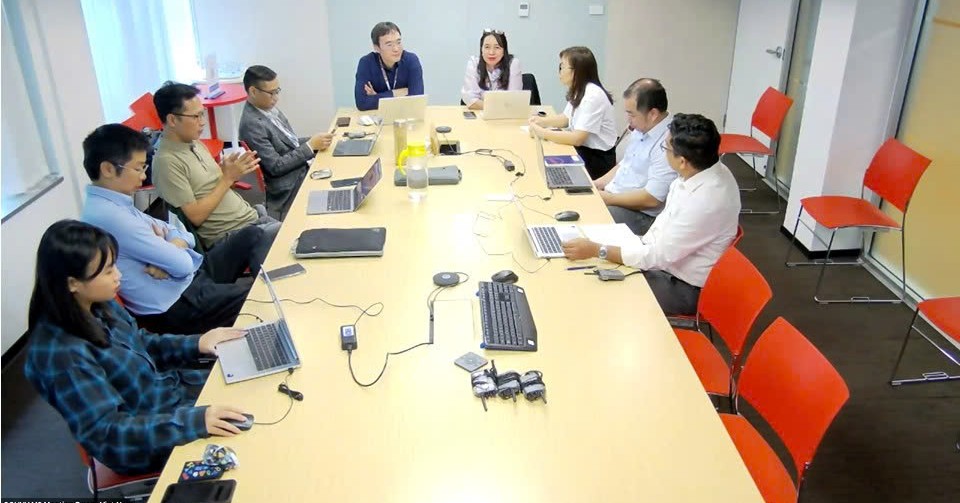Vietnam’s vibrant cities, like Hanoi and Ho Chi Minh City, generate a staggering 10,000 tons of household waste daily. But managing this colossal heap presents a formidable challenge. The current system, heavily reliant on manual labor and mixed waste collection, struggles to keep up. This outdated approach not only strains local authorities and poses health risks, but also hinders proper recycling and treatment efforts.
Recognising these limitations, Vietnam has taken proactive steps. The 2020 Environmental Protection Law mandated waste classification at source, empowering individuals and households to play a crucial role. This was further bolstered by Decree 45/2022/ND-CP, aiming to streamline waste management and reduce landfill pressure. However, with the January 2024 deadline approaching, implementation faces hurdles. The lack of designated sorting bins, inconsistent collection systems, and limited public awareness campaigns pose significant challenges.
Conquering this “waste mountain” demands a multi-pronged approach. Modernising infrastructure is key. Upgrading to synchronised waste collection and transportation systems will be crucial. Large industrial and urban areas may require specialized solutions like waste-to-energy plants, offering a sustainable alternative to landfills.
But technology alone won’t suffice. Public participation and shifting waste disposal habits are equally vital. Educational campaigns and readily accessible recycling facilities can empower individuals to become responsible waste managers. Encouraging composting for organic waste can further alleviate landfill pressure and enrich agricultural land.
Transforming Vietnam’s waste management landscape is a long-term endeavour requiring unwavering commitment from all stakeholders – the government, businesses, and most importantly, the people. Only through collective action and a conscious shift towards responsible waste disposal can Vietnam emerge victorious in this war on waste. A cleaner and healthier future for generations to come hinges on this collective effort.
Watch the video below to have more insights about Viet Nam’s at-source segregation .
















